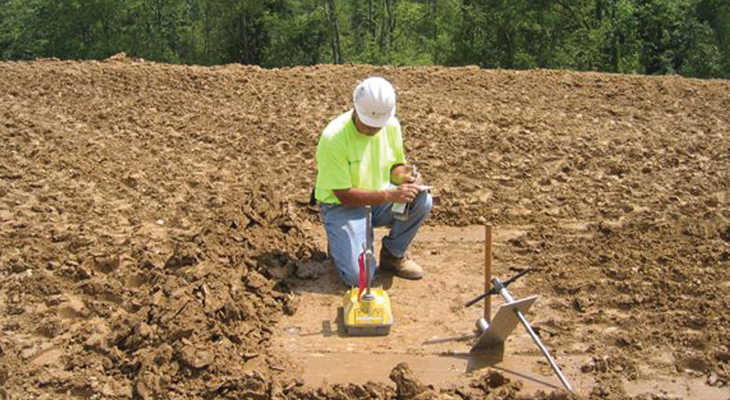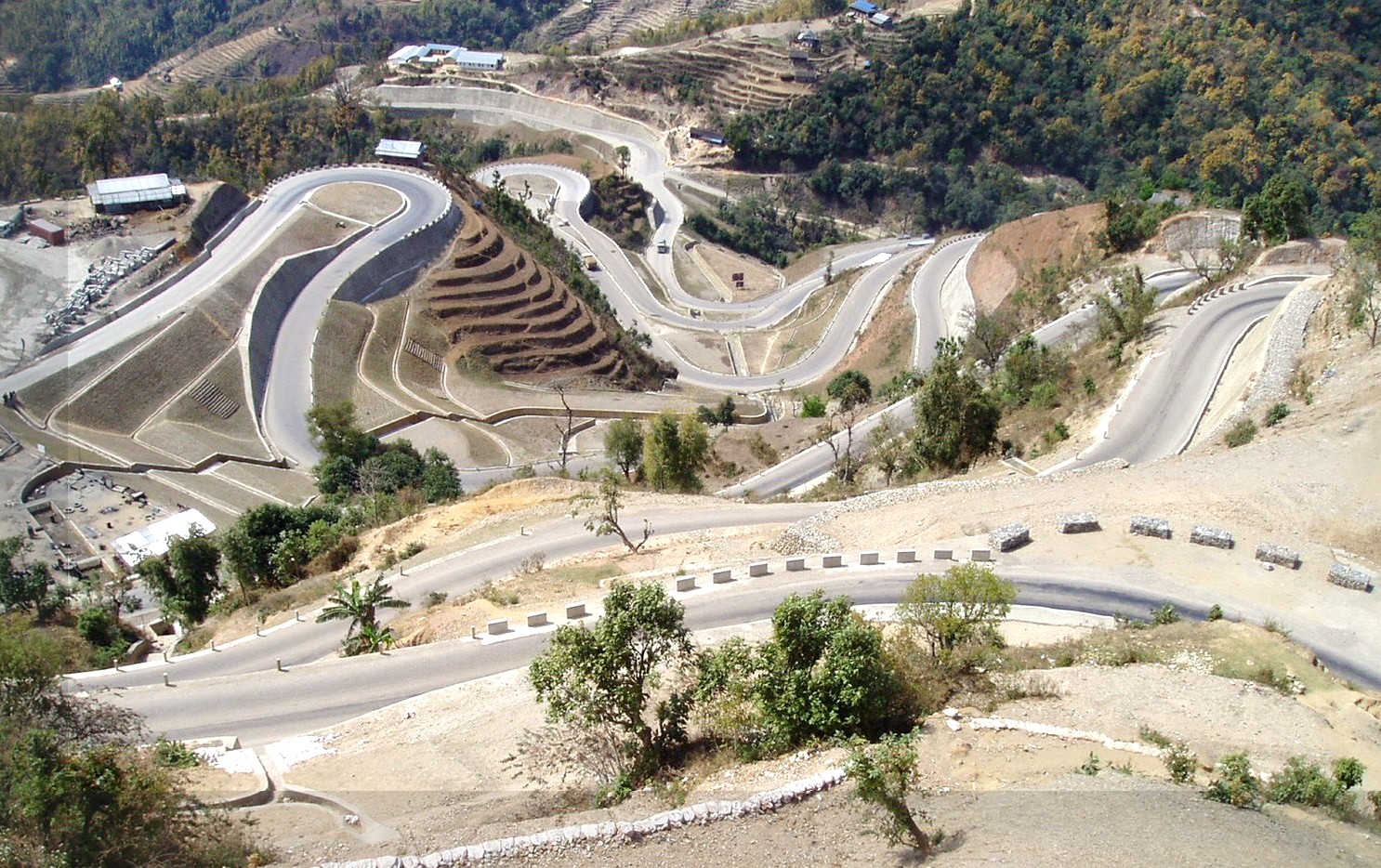The Importance of Soil Evaluation and Website Investigation in the Geotechnical Sector: Ensuring Security and Stability in Civil Engineering
In the geotechnical sector, dirt evaluation and website investigation are foundational components that underpin the safety and security of civil engineering projects. These procedures not only reveal the attributes of subsurface materials however also inform critical choices concerning style and construction techniques. By extensively understanding dirt residential properties, designers can preemptively deal with potential difficulties, eventually protecting architectural honesty. The ramifications of these investigations extend past prompt job success; they can influence long-term sustainability and resilience. As we check out the complexities of these techniques, it ends up being evident that their significance can not be overemphasized.
Understanding Soil Features
In the world of geotechnical engineering, a comprehensive understanding of dirt residential or commercial properties is paramount for informed decision-making and effective job layout. The characterization of soil includes the evaluation of numerous physical and mechanical homes, such as grain dimension circulation, plasticity, shear, communication, and leaks in the structure stamina. These buildings determine just how dirt acts under different loading conditions and ecological impacts, making them important for evaluating site suitability for building tasks.
Dirt category systems, such as the Unified Soil Classification System (USCS) and the AASHTO category, offer structures for organizing dirts based upon their attributes. This classification aids engineers in anticipating actions under tension, water circulation, and negotiation, consequently influencing layout selections and building and construction techniques.
In addition, the communication between dirt and surrounding structures is a key factor to consider in geotechnical engineering. Understanding soil residential properties helps identify possible challenges, such as liquefaction in earthquake-prone locations or extreme settlement in soft dirts. By completely reviewing these residential properties, geotechnical engineers can make sure the safety, stability, and longevity of structures, ultimately adding to the general resilience of civil engineering jobs.
Approaches of Soil Analysis

In-situ tests include methods such as Common Penetration Tests (SPT), Cone Penetration Tests (CPT), and vane shear tests. SPT examines the resistance of dirt to infiltration, providing data on density and toughness, while CPT determines dirt resistance and pore pressure, producing constant profiles of dirt stratigraphy. Vane shear tests are especially valuable for assessing the shear strength of natural dirts.
Research laboratory examinations complement these in-situ assessments and include sampling soil for regulated testing. Typical lab approaches include Atterberg limitations, which determine the plasticity attributes of fine-grained soils, and compaction tests, which analyze moisture-density relationships. Extra tests, such as triaxial compression and unconfined compression examinations, are conducted to evaluate the shear toughness of soil samples under numerous problems.
Duty of Site Examination
Website examination plays an essential duty in the geotechnical design procedure, functioning as the foundation for comprehending subsurface conditions. This extensive assessment involves systematic exploration of dirt and rock residential properties, groundwater degrees, and various other geological attributes that affect task safety and security.
Commonly, site examinations encompass a selection of strategies, consisting of exploration boreholes, sampling, and in-situ testing. These approaches supply essential data on the mechanical and physical click this link features of the ground, notifying designers about possible challenges such as dirt settlement, birthing capacity, and slope security.
Additionally, site examination assists in the recognition of unsafe materials and impurities, allowing the implementation of ideal remediation measures. By developing an accurate subsurface account, site examinations assist to reduce risks related to building and construction, making sure that projects follow safety standards and policies.
The findings from an extensive site investigation not just guide design decisions but likewise influence construction approaches and timelines. In summary, the relevance of site examination can not be overemphasized; it is an important action in the geotechnical design process, preparing for effective job implementation while focusing on public safety and ecological stability.
Influence On Job Layout
A thorough understanding of soil qualities dramatically affects task layout in the geotechnical market. Soil analysis educates designers regarding the mechanical residential or commercial properties, composition, and behavior of the ground, which are crucial factors in determining the feasibility and safety and security of a building and construction task. Exact data on soil strength, compressibility, and permeability permit the development of reliable foundation layouts, guaranteeing that frameworks are effectively sustained and secure throughout their life-span.
In addition, the presence of contaminants or unsteady soil layers can motivate adjustments in job design, such as selecting alternative building techniques or products. This positive method decreases dangers connected to soil settlement, too much loading, or side motion, thus guarding both the integrity of the framework and public safety and security.
The combination of dirt evaluation right into task design also helps with conformity with governing needs and ecological factors to consider. By attending to soil-related obstacles early in the layout process, engineers can enhance source allocation and decrease potential hold-ups and costs connected with unpredicted website problems. Ultimately, thorough soil evaluation boosts the general top quality and longevity of civil design tasks, resulting in even more resilient and lasting framework.
Case Research Studies and Instances
Showing the vital duty of dirt analysis in the geotechnical sector, different study highlight its effect on task outcomes. One significant instance is the building of a skyscraper in downtown Los Angeles, where extensive soil screening revealed unsteady subsurface conditions. geo tech engineer. By determining the visibility of expansive clay, designers had the ability to redesign the foundation, integrating deep pilings that made certain stability and security, inevitably protecting against potential structural click now failings

Last but not least, a dam task in the Southeast dealt with delays due to unforeseen dirt disintegration concerns. Comprehensive soil analysis allowed engineers to carry out efficient stablizing techniques, ensuring that the dam met safety and security regulations while sticking to the task timeline. These instances emphasize the requirement of extensive dirt evaluation and site examination, highlighting their essential function in accomplishing risk-free and successful Resources civil engineering jobs.
Final Thought
In conclusion, soil analysis and website examination are fundamental parts of the geotechnical industry, playing an essential duty in making sure the safety and security and stability of civil design tasks. By giving important data on dirt residential or commercial properties and subsurface conditions, these procedures inform foundation design and building approaches. In addition, complete examinations contribute to hazard identification and danger reduction, inevitably enhancing the durability and toughness of structures while enhancing resource allowance throughout the job lifecycle.
In the geotechnical market, dirt evaluation and website examination are foundational elements that underpin the safety and security of civil design jobs. Comprehending soil residential properties helps recognize possible obstacles, such as liquefaction in earthquake-prone locations or extreme negotiation in soft soils. SPT assesses the resistance of soil to infiltration, supplying information on thickness and stamina, while CPT gauges dirt resistance and pore pressure, generating continual accounts of soil stratigraphy. These instances highlight the necessity of complete dirt evaluation and website examination, highlighting their important duty in attaining effective and safe civil design projects.
In conclusion, soil evaluation and website investigation are basic parts of the geotechnical sector, playing an essential duty in making sure the security and stability of civil design tasks.
Comments on “Specialist Consulting Engineer Solutions for Cutting-edge Framework Solutions”